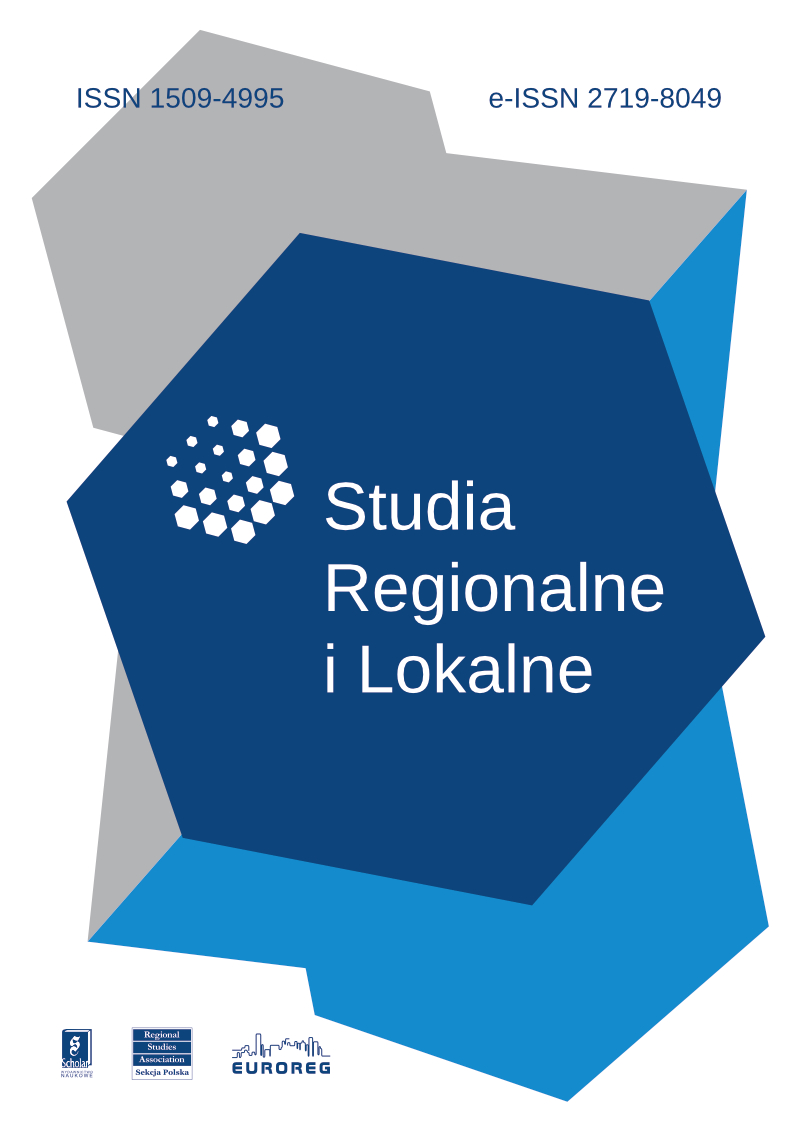Metody badań przestrzenno-ekonomicznych w ujęciu dynamicznym i ich zastosowanie w regionalistyce. Wizualizacja zjawisk
Podstawowym celem prezentowanego artykułu jest przedstawienie wybranych metod badań przestrzenno-ekonomicznych, ze szczególnym uwzględnieniem metody Michalskiego (2002). Poszerzenie Unii Europejskiej o nowe kraje to ważna przesłanka dla prowadzenia studiów porównawczych, pozwalających na śledzenie i ocenę konkurencyjności regionów oraz przestrzenne i regionalne zróżnicowania ośrodków wzrostu. Zaprezentowane metody wizualizacji są skromnym wkładem autorów do literatury w tej dziedzinie. Wkład ten polega na zebraniu rodzimych metod, wdrożeniu do badań oraz ich pewnych modyfikacjach. Celem tych metod było zbadanie procesów przestrzennych (w dziedzinach takich, jak: gospodarka, demografia, rolnictwo, jakość życia czy budownictwo) w różnych przekrojach przestrzennych, dla okresu 1990-1992. Istnieje wiele metod badania podobieństwa (niepodobieństwa) struktury regionów. Wszystkie one w sposób zasadniczy zależą od pojęcia struktury. W referacie zostaną przedstawione dwa odmienne podejścia do tego pojęcia i związane z tym miary. Dodatkowo zaprezentowane zostaną różnorodne metody wizualizacji uzyskanych miar.
Methods of spatial-economic research in dynamic approach and their application in regional studies. Visualisation of Phenomena
The main purpose of this paper is to present selected methods of spatial-economic research with a special focus on Michalski`s method. The enlargement of the European Union by new countries is an important opportunity to carry out comparative studies, making it possible to analyse and assess the competitiveness of regions as well as spatial and regional diversity of growth centres. The presented visualisation methods are the authors` modest contribution to literature on this subject. This contribution includes collecting domestic methods, their implementation in research and some modifications. The purpose of these methods was to examine spatial processes (in such areas as: economy, demography, agriculture, quality of life or building) in different spatial sections, in the years 1990–1992. There are many methods of examining similarity (dissimilarity) of regional structures. All of them fundamentally depend on the concept of structure. In this paper, two different approaches of this concept and the relevant measures shall be presented. Furthermore, various methods of visualisation of the obtained measures shall be presented.



